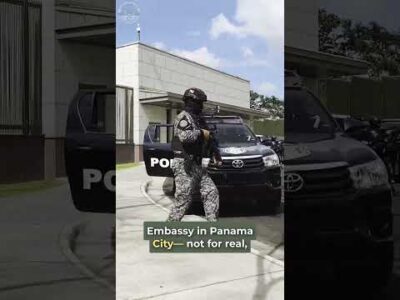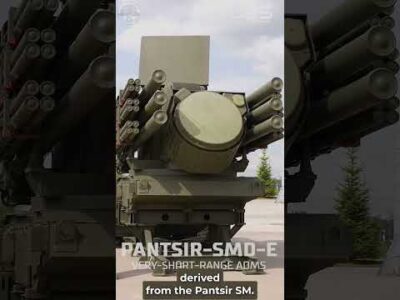
Assets of the Harry S. Truman Carrier Strike Group (HSTCSG) began returning home on June 5, marking the end of their deployment after operating in several areas, the U.S. Navy announced.
The Ticonderoga-class guided-missile cruiser USS Normandy (CG 60) and the Arleigh Burke-class guided-missile destroyer USS Forrest Sherman (DDG 98) returned to Norfolk Naval Station, after nine-months underway, while more than 100 U.S. Navy aviators from nine squadrons from Carrier Air Wing One (CVW)-1 returned to their home bases at Naval Air Station (NAS) Oceana in Virginia Beach, Virginia, Norfolk Naval Station, Norfolk, Virginia; Naval Air Station Whidbey Island, Washington; Naval Air Station Lemoore, California; and Naval Air Station Jacksonville, Florida.
Following a return from deployment in March after operating in 5th and 6th Fleet areas of operations, the HSTCSG remained underway in the western Atlantic during their sustainment phase of the OFRP cycle as a certified and ready carrier strike group force ready for tasking. As the COVID-19 pandemic spread across the globe, the HSTCSG continued to conduct operations underway, minimizing the potential spread of the virus aboard the ships, in order to maintain maritime stability and security and ensure access, deter aggression, and defend the U.S., allied and partner interests.
The ships each sailed over 55,000 nautical miles, deploying dynamically through multiple Surface Action Groups (SAGs), Arctic operations, dual-carriers operations, and exercises with allies and partners. The ships also completed multiple strait and choke point transits, to include the Strait of Gibraltar, the Suez Canal and the Bab-el Mandeb Strait, while operating under four Combatant Commanders – U.S. Northern Command (NORTHCOM, U.S. European Command (EUCOM), U.S. Central Command (CENTCOM), and U.S. Southern Command (SOUTHCOM).















Comments